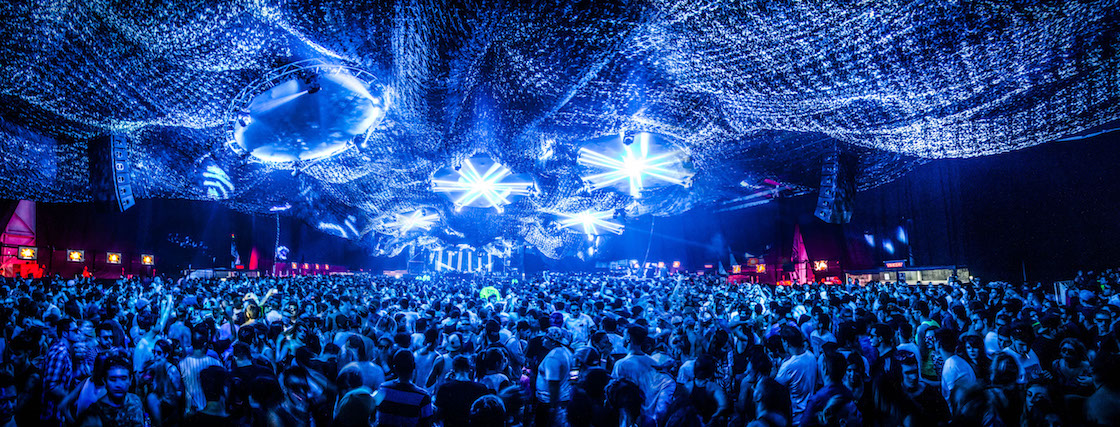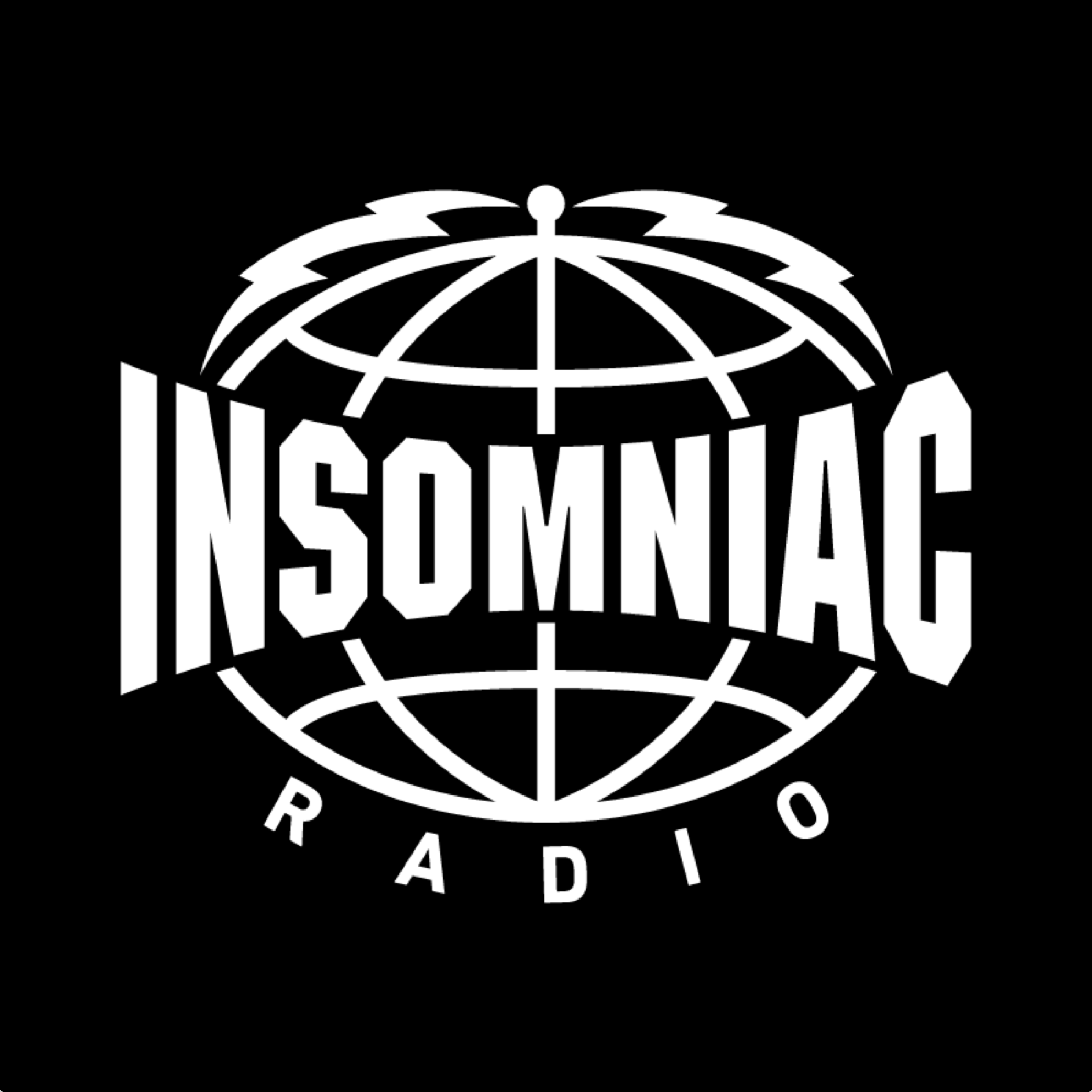Let’s Do the Time Warp Again

Upcoming Event
Steffen Charles takes the art of partying very seriously. His signature music festival, Time Warp, is a fully immersive experience dedicated to delivering the best in underground techno from the likes of Richie Hawtin, Sven Vath, Loco Dice, Laurent Garnier, Carl Cox and more in a completely unique, state-of-the-art environment. Achieving that goal requires a concerned effort from a large and dedicated complement of artists, designers, construction crews and more.
For more than 20 years, Charles and his cohorts have built Time Warp into one of the strongest and most reputable techno brands in Europe. Last year, the festival expanded its reach with inaugural events in Buenos Aires and New York City.
Bringing Time Warp Stateside hasn’t been all smooth sailing, though. For the second year in a row, festival organizers have had to deal with location issues, forcing them to move the show into new venues at the 11th hour. (This year’s event, which was originally scheduled to happen at Brooklyn’s Bedford Armory, had to retreat to last year’s location at the 39th Street Pier, also in Brooklyn, at the last minute.)
Speaking via Skype from his home in Germany, Charles was forthcoming about the process of bringing Time Warp to NYC, dealing with last-minute location changes, and why the EDM explosion is good for the underground techno scene.

It’s quite heavy. Luckily, we were able to use the same venue as last year. If we would’ve had to find a totally new space that we weren’t already familiar with, it might have been impossible. The only reason we tried to move from last year’s location at Pier 39 is because initially it wasn’t available.
Why were you forced to move locations?
There was a new election of the community board in Brooklyn six weeks ago, and basically the whole board changed. We’d spoken with the previous board, which had given us the OK. We didn’t even know there had been an election or that anything had changed. I think one or two members of the new board had a totally different understanding of what we were doing. They had this idea of drugged-out people running around the streets off their heads—no organization, no shuttles, no concept for parking, blah blah blah. Which is all not true. We had everything in place. At last year’s event, we had less than 15 people who required medical attention, and it was only for smaller, minor things. We didn’t have to transport anyone to the hospital or anything like that. We had a good record from last year, but some local people were totally against it, and you cannot fight against the community.
Venue change notwithstanding, has your second year in bringing Time Warp to America been an easier process?
Let’s say yes. For the 2014 edition, we started working in January of 2013. Finding the right place took a very long time. Things got complicated when we had to change venues—kind of like for the same reasons as this year. Some people heard the word “rave,” and they didn’t like the connotations. It turned into a big nightmare. This year, we had the advantage of knowing the lay of the land much better. We also had the trust of the fans, who stuck with us through this most recent move because of how well it went last year. Ticket sales didn’t suffer. There’s a group of promoters in New York looking for a secure location that we can all use going forward.
What inspired you to bring Time Warp to America for the first time last year?
Originally, it wasn’t really a goal for us. Promoters from Buenos Aires and New York approached us about putting on events in their home countries. That was back in 2013, which was leading into 2014, our 20-year anniversary. We thought that adding Buenos Aires and New York for the 20th anniversary would make for a very complete picture. I asked all of the DJs who play for us, like Richie (Hawtin) and Sven (Vath), their thoughts on Buenos Aires. They all said it was great, it has an amazing techno scene, definitely go there. When I asked about New York City, everybody said it’s developing a lot, and we really think an event like Time Warp could actually be the right thing at the right time to help grow the underground a little bit more there. I flew to New York a few times and checked out a couple of parties. I went to Output, Black Market, Resolute, and got the vibe from the city. It inspired me to do it, even though I knew it would be a big challenge.
“These big waves of popularity in electronic music bring both good and bad elements. I believe we should use it and make the best of it.”
What do you think the success of Time Warp in New York says about techno in America?
To be really honest, I’m the wrong person to ask. I get so much input about it, but I hear really different stories, depending on who I’m talking to. I get most of my information from the artists and DJs. What I’m hearing is that the East Coast of America is a couple of steps ahead when it comes to techno and underground music, on a bigger scale than the West Coast.
From your perspective, does it feel like the techno scene is progressing?
In Europe, a lot of new stuff is coming up. If you go to the big media cities like Paris, London, Amsterdam, the crowd is really well educated, and there are a lot of young kids going deep into underground house and techno. There’s a new scene emerging where young DJs you’ve never heard of are filling big rooms because of a popular podcast or a strong following on SoundCloud. It’s totally different and really interesting.
A lot of them are promoters as well, and they’re finding success by throwing their own parties. I think it’s great. They’re going through the same process a lot of the biggest artists did 20 years ago by developing their own crowd, their own scene.
What are you thoughts on the popularity of EDM in America?
It’s good that EDM came in. It blew everything totally up. Of course, some things have started on the business level that weren’t very healthy. It’s much like how in Europe, the Love Parade got really big in 1993, ‘94 and ‘95, drawing upwards of 1 million people. It brought so many into the world of electronic music. I’d say a good 10 to 15 percent of them stayed with us. These big waves of popularity in electronic music bring both good and bad elements. I believe we should use it and make the best of it.
With Time Warp US happening this weekend, which artists or moments are you most looking forward to experiencing?
I look more for the local artists. The main artists playing for us, I see them regularly. Of course there will be those emotional, hands-in-the-air moments when Sven plays, Ricardo Villalobos, Luciano, Joseph Capriati, and Jamie Jones and Seth Troxler back to back. For them, I have good idea of what to expect.
I’m more curious about the local talent. Last year, there were some phenomenal sets. I’m personally a big fan of No Regular Play. It was great for us that we could get them. They’re from Brooklyn, and I’d never seen them play live before. I check out everyone who plays from beginning to end. It’s always important for us to present local artists. We’re taking money out of the local market when we’re in town, so we try to give something back to the scene as well.
Follow Time Warp US on Facebook | Twitter | SoundCloud






